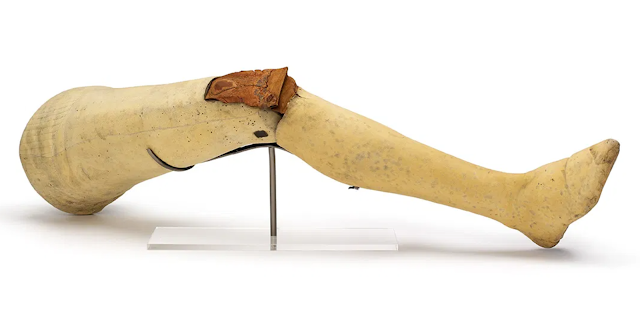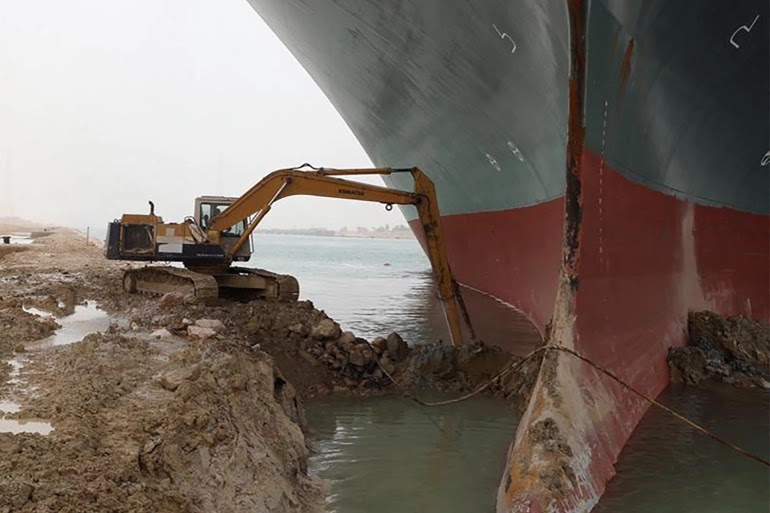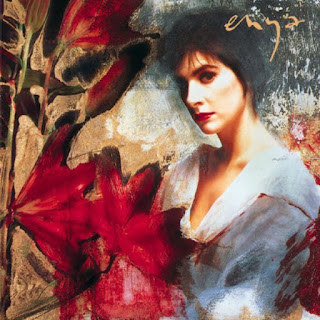Attempts to free the Ever Given, March 2021 The blocking of the Suez Canal by the running aground of the freighter Ever Given has brought much attention to the importance of the Suez Canal as an international shipping lane. News reports have noted that the other route – around Africa via the Cape of Good Hope – contains added risks of severe weather and piracy. This is not the first time that the operations of the Suez Canal have been halted – and past incidents include the unusual story of what became known as the Yellow Fleet. The 1967 Arab-Israeli War, sometimes referred to as the Six Day War, led to Egypt blocking both ends of the canal. Debris, sunken ships, and explosives trapped ships from the UK, the USA, France, West Germany, Sweden, Poland, Bulgaria, and Czechoslovakia. Caught in the desert winds, sand soon began to cover the ships, clinging to the metal, turning the ships to a dusty shade of yellow and giving the ships were colloquial nam...





